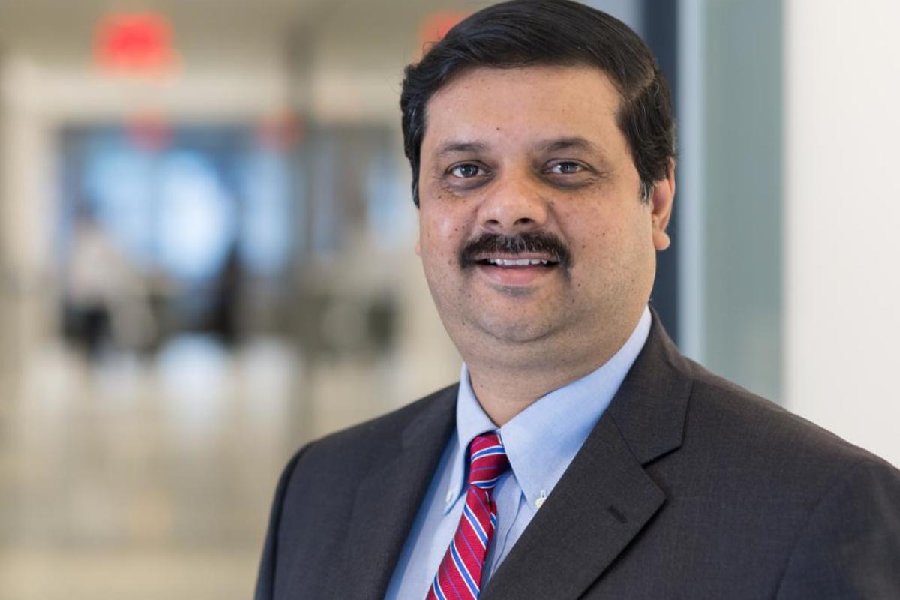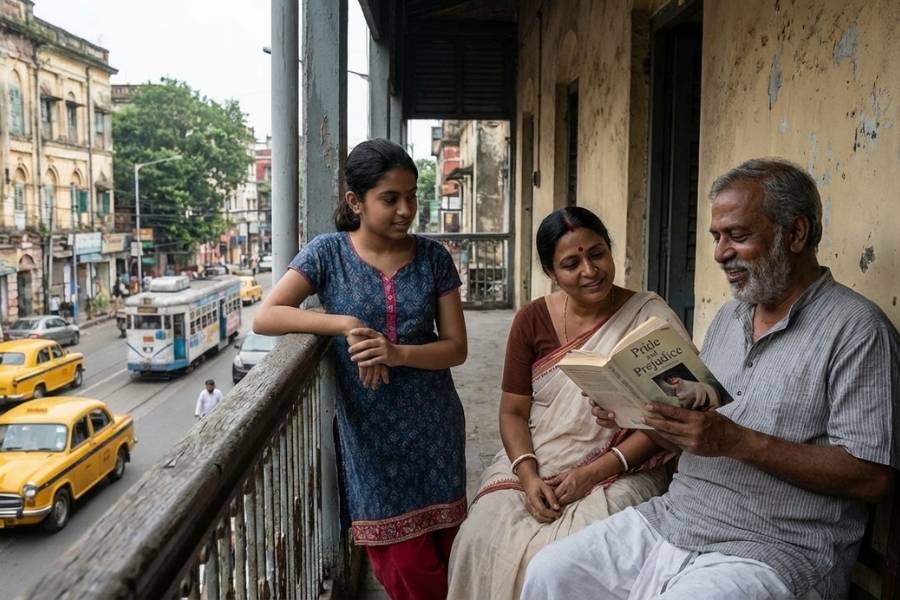Tata Steel has set an ambitious target to reach net zero by 2045, quarter of a century prior to India’s commitment to do so in 2070. Given that 65 per cent overall volumes already come from India where production is set to double to 40 million tonnes (mt) by 2030, the major focus of decarbonisation journey will be in India. In an interview to Sambit Saha of The Telegraph, Koushik Chatterjee, ED & CFO of Tata Steel, says the business case for making the green transition would depend on the company’s ability to invest, government’s support and customers’ ability and willingness to pay for green steel.
Tata Steel plans to invest Rs 16,000 crore in capex this year. Could you give us a break-up?
The capex for FY 2024 is driven by prioritisation of the ongoing 5mt Kalinganagar expansion where we will spend approximately Rs7,000 crore. Some of our Indian subsidiaries such as TinplateCompany, Metaliks are also expanding capacity so all Indian subsidiaries will be about Rs 2,000 crore and then we have about Rs 3,000 crore in Europe including the one-off projects such as the Blast Furnace 6 reline in Ijmuiden, Netherlands. The residual amount consists of sustenance capex across the global capacity of about 30mt.
Can you give us a timeline for different phases of commissioning of Kalinganagar?
We have already commissioned the new pellet plant and cold rolling mill in FY 2023. We will progressively commission the caster and then the blast furnaces and the rest of the facilities over the next 12- 15 months.
What is the road map to reach 40mt capacity in India from the present level of 20mt?
We have previously articulated our clear future strategy to prioritise our investments towards growth in India in long-term value accretive projects. Apart from Jamshedpur, we have three large integrated sites in Kalinganagar and Meramandili including the newly acquired site of NINL near Kalinganagar. All of these sites have available land and infrastructure capacity to be able to grow.
If one was to look at growth, aside from the completion of the 5mt expansion in Kalinganagar, we expect each of these sites to grow in state-of-the-art capacity and value-added products. The first phase of expansion of capacity in long products in NINL is the next priority and then expansion in flat products capacity in Kalinganagar and Meeramandli, in a sequence that is being evaluated currently.
In parallel we are already building a low carbon modular configuration of scrap based electric arc furnace steel manufacturing of longs products in Punjab and we expect to begin work on at least two more such units in other parts of the country depending on scrap, power and land availability.
Tata Steel announced to reach net zero by 2045. Will the next phases of expansion take the green steel path?
We have previously confirmed that we intend to bring down the carbon emission intensity of the steel produced by our India operations to global best in class levels, even as we grow our overall capacity.
There are multiple interventions we are making in terms of quality of raw material input, trial and adoption of new technology paths, implementation and alternative lower carbon intensity process routes to move towards transition towards a low carbon configuration in the future.
What will be the additional cost to produce steel in green fashion? Will Tata Steel seek government support for transition in India like you are pursuing with European governments?
The de-carbonisation journey in India for Tata Steel will be a different one relative to its Netherlands operations, where regulatory and economic conditions have incentivised the company toward decommissioning its existing blast furnaces and replacing them with new non-coal using assets in the next 10 years.
Any transition out of legacy production processes will need to be supported by a sound business case. Replacement of coal with either natural gas in the short term or hydrogen in the medium term, will require not only significant investments in new technology but also availability of the substitute fuels and pipeline and other infrastructure capacities to be made available to users like steel companies.
Each geography globally will make its own path toward de-carbonisation depending on the specific cost-benefit of alternatives available to it.
The business case for making these investments and for switching into higher cost fuels will require essentially three things a) the ability of the company to invest in the new transition, b) policy and infrastructure investment from the government and c) the ability and willingness of customers to pay for the green transition on a fair market basis. This is not just true of India but anywhere in the world.
Can you share the timeline for transition in Ijmuiden in the Netherlands? What will be the estimated cost to do so by 2035? Is Tata Steel seeking Dutch government help in the transition?
During the course of this decade, Tata Steel Nederland will undergo a transition from its legacy 2 Blast Furnace configuration to one and replace it by a non-coal based tech choice that is currently under technco-economic evaluation.
The subsequent migration will happen thereafter. We are deeply engaged with the Netherlands government on the entire pathway as well as with regard to policy and other interventions that are required to facilitate the transition pathway that they have adopted.
The net debt of Tata Steel increased compared to 2022-23, will the company go back to the deleveraging journey?
Firstly, the strategy of de-leveraging will continue. To put in perspective, in 2022-23 we had undertaken a Rs 12,000-crore acquisition of Nilanchal Ispat and another about Rs 1,000-crore acquisition of ferro alloys processing units during the year.
In addition we allocated higher capex for the year on the ongoing 5mt brownfield expansion in Kalinganagar.
So the capital allocation on growth was higher because it will provide a steep change in the earnings and cash flows for the future.
Apart from the above the year witnessed significant volatility in steel and raw material prices which had an adverse impact on earnings and cash flow generation. We are always in a cash flow optimisation mode and you would see in the last quarter of the financial year 2022-23 we deleveraged around Rs 3,500 crore on the back of a special drive on working capital management.
So on a steady state basis our de-leveraging journey will continue and is a enterprise strategy.











